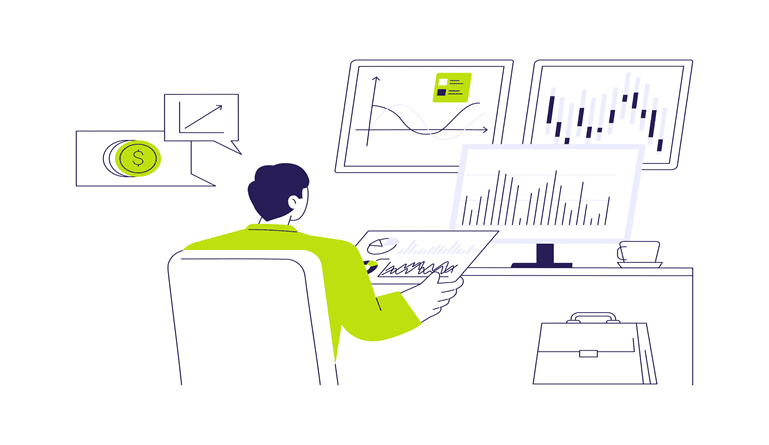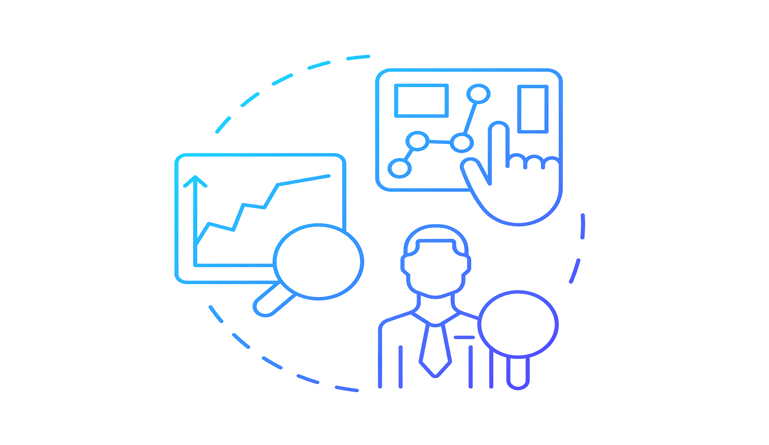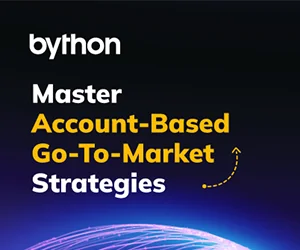Handling your accounts can be tedious and challenging in equal measure, but thankfully with a wealth of modern solutions available, you can harness automation to your advantage.
To demonstrate how this can be achieved with ease, here are just a few short steps to take so that accounting automation is available to you.
Stages of Automation of Accounting Process
-
Consider your current accounting tools and processes
Before you dive in and adopt an entirely new approach to accounting, it makes sense to take stock and ensure that you have an understanding of the current tools and processes that are already at your disposal.
This will allow you to determine the best path forwards, as you may find that there are already automated features baked into services you use regularly. Equally, you could realize that you are sorely in need of an upgrade, at which point the way forwards will become clearer and you can make decisions from an informed position, rather than relying on guesswork.
-
Choose a core accounting software
Choosing the right accounting software is not necessarily straightforward, even if you have established what your current setup has to offer and what you might need from the platform you migrate to.
Part of the challenge comes from the fact that there is a difference between regular accounting software designed for use by non-experts and the packages that are built around the needs of users who have a CPA license and work full time in the world of finance.
Whether you fall into the former or the latter camp will determine the type of software you select at this stage. You should also factor in the size and scope of your accounts to avoid being dissatisfied with the results of your accounting software procurement.
Ultimately it will pay to be rigorous in your assessment of the competing software packages that you can decide to adopt. Mainstream options like QuickBooks and FreshBooks are built around the needs of small businesses and offer a good degree of automation, but may not be suitable for larger organizations with more complex requirements.
The good news is that you do not need to commit to a specific service to the exclusion of all others; instead, it is sensible to use the free trials that the vast majority of vendors offer so that you can experience the features at first hand and narrow down the field accordingly.
-
Integrate additional automation/software solutions
Embracing a new, automated take on accounting with the use of dedicated software adapted specifically for this purpose is not something you need to do in isolation. Indeed if you are clever about your choices, you can easily integrate a range of other solutions to work alongside your book-balancing platform to further augment its abilities.
For example, the aforementioned FreshBooks is capable of being integrated with a wide range of popular e-commerce solutions, such as Shopify and Squarespace. If you run a transactional website, this could be a real boon in terms of being able to automatically track sales, issue invoices, and generally synchronize orders across every relevant platform where this information needs to be recorded.
Add-ons for virtual banking and payment platforms like Stripe and PayPal are also common, as is support for a whole host of other applications, up to and including virtual meeting services like Zoom which are increasingly being used as a means of getting businesses in touch with clients in a billable context.
The kinds of integrations and add-ons that are supported by the accounting software that is available should really act as a selling point you take seriously. The more that are available, the more flexible and automatable a particular solution will become. This definitely gives the advantage to the biggest vendors in the marketplace, even if smaller rivals are catching up quickly.
-
Move your data and allow for an adjustment period
Once the move to your new accounting solution is set in motion, you need to be prepared to shift accounts data across from your older infrastructure and make it available in this updated ecosystem. Once again, the best software around will be able to streamline a lot of this process to take away the hassle that you would otherwise face if moving everything manually.
Most importantly at this point, you need to remember that a period of adjustment will be necessary. You cannot expect the shift to change your life overnight, but should instead be prepared to settle in for a more measured transition. This will allow you to keep your expectations in check and also to make sure that you are able to make the most out of the new automation tools that are at your disposal.
Even if the new software has been designed with user-friendliness in mind, there will still be a learning curve to climb, and being patient is key.
-
Monitor your new automated accounting process
Once you have migrated to automated accounting software, you cannot simply sit back and reap the benefits; you need to actively monitor how well the processes are performing on a day to day basis and assess whether or not any tweaks or changes are needed.
For example, the top software solutions are capable of allowing you to automate various aspects to a variety of degrees, and you could find that while accounting automation makes sense in some scenarios, it is actually causing you problems in others. The only way to uncover these truths and take action is to stay on top of your assessment duties on an ongoing basis.
Eventually, you will be able to step back a little and trust that the software will be able to do its job, but it is definitely worth being rigorous in your monitoring efforts during the early days after deploying a new set of accounting processes powered by modern software.
Most significantly of all, remember to seek expert assistance if you encounter any issues when choosing software, integrating add-ons, migrating data, and monitoring performance, as solving problems swiftly will save you time and money.







